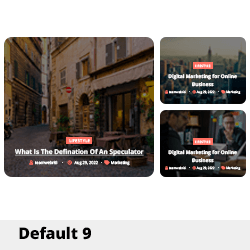What should a detailed and tactical-level content marketing strategy document include?
Crafting a Comprehensive Content Marketing Strategy for B2B SaaS
When developing an effective content marketing strategy, especially in the B2B SaaS landscape, it’s essential to construct a detailed and tactical-level document that ensures alignment and success across various initiatives. If you’re starting out or looking to enrich your existing strategy, here are key components to consider incorporating into your document.
1. Executive Summary
Begin with an overview that condenses the core elements of your strategy. This should encapsulate your mission, vision, and overarching goals in a concise manner. Make it clear why content marketing is essential for driving success in your organization.
2. Target Audience Analysis
A well-defined target audience is crucial. Go beyond basic demographics and dive deeper into your audience’s pain points, preferences, and behavior. Develop detailed personas that include job titles, challenges they face, and what keeps them awake at night. This will guide your content creation to ensure it resonates well with your audience.
3. Content Goals and Objectives
Define specific, measurable goals that your content marketing efforts aim to achieve, such as increasing brand awareness, generating leads, or driving customer retention. Utilize the SMART criteria (Specific, Measurable, Achievable, Relevant, Time-bound) to outline these objectives clearly.
4. Content Audit
Conduct an audit of existing content to identify what works and what doesn’t. Assess performance metrics, SEO optimization, and engagement rates. This evaluation will inform future content direction and highlight opportunities for repurposing or updating older assets.
5. Content Pillars and Topics
Identify key topics and categories that align with your audience’s interests and industry trends. These content pillars will guide your team in maintaining consistency and relevancy while ensuring a comprehensive approach to addressing various aspects of the customer journey.
6. Content Types and Formats
Outline the types of content you plan to produce—blogs, videos, infographics, case studies, webinars, etc.—and specify how each type aligns with your identified goals and audience preferences. Diversifying formats can enhance engagement and reach.
7. Editorial Calendar
Establish an editorial calendar that outlines your content publishing schedule. This should include deadlines, responsible team members (DRIs), and planned distribution channels. A well-organized calendar aids in maintaining consistency and helps everyone stay on track.
8. Content Distribution Strategy
Detail how you plan to promote your content once it














Post Comment